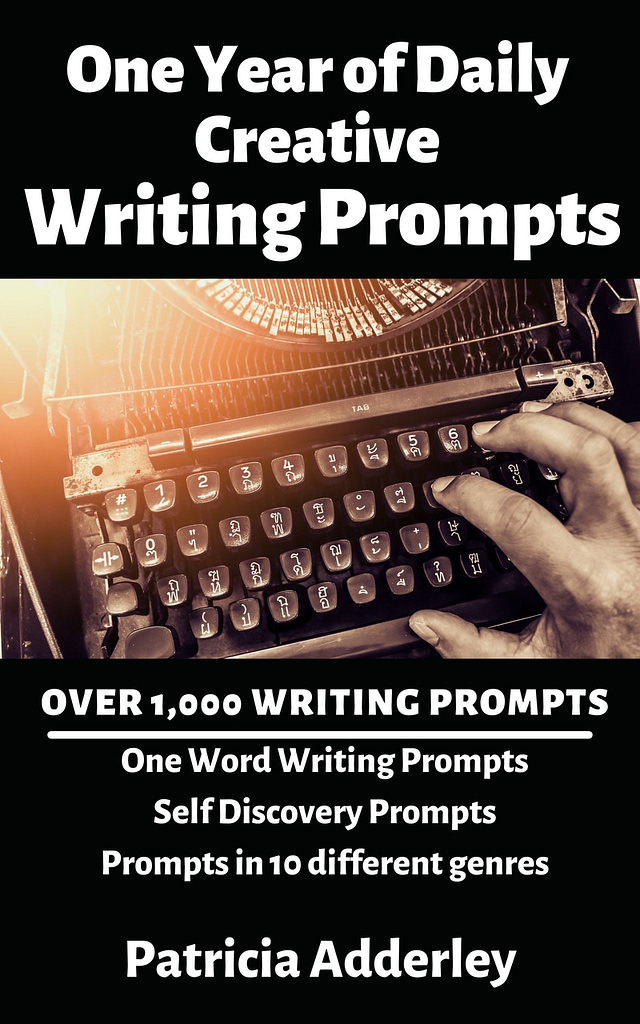Writer’s block is something that every writer and author faces at one time or another. So, it’s important to know how to overcome writer’s block so you can get back to work.
First, what is keeping you from writing? What is getting in the way?
Here are some of the major barriers to writers. See if you can relate to any of these.
Major Barriers to Writing
“I don’t know what to write next.”
“I don’t have enough hours in the day to write.”
“What if my readers don’t like my work?”
“I get stuck in the ‘murky middle”
“How do I make my characters more real or 3 dimensional?”
“How do I come up with great story ideas?”
“I get spend too much time editing and re-writing and get stuck.”
How to Overcome Writer’s Block
Planning, Plotting, and Structure
- Make sure you understand the premise of your story and the main conflict that drives the premise
- Make sure you include conflict and stakes so that your characters drive the action and tension in your story.
- Map out every key scene you can think of with short bullet points using legal cards or software
- Understand and apply the 7 Key Elements of Story Structure
- Flesh out your rough scenes but don’t worry about writing in order. You can rearrange them later.
- The way you structure your story around the main conflict is the heart of your story
Click here and below for your free copy of HOW TO OVERCOME WRITING BARRIERS & 7 KEY ELEMENTS OF STORY STRUCTURE.

Time Management and Writing Speed
- Using the process above to plan out a rough list of scenes should take no more than 1 – 2 hours.
- Next, fill in the detail and actually sit down to write.
- Make sure your scenes are laid out in the right order.
- Start working on the scenes that excite you the most – don’t worry about writing in chronological order (your scenes are all mapped out after all).
- This will make you more excited to write – and it will show you which scenes might not be 100% necessary to your story (i.e. – the ones you leave until last).
- Next, figure out which parts of the day you are most effective – do you write better in the morning or the evening? Better to have 1 productive hour in the morning vs 3 unproductive hours at night.
- Write in short bursts using the “sprint” method. Write for 20 minutes, take a 2 – 5 minute break.
- Instead of thinking “oh my God I have an hour I need to write as much as possible”, split your daily work into 20-minute blocks and watch your speed increase.
- Knowing exactly what scene you’ll be working on and what’s going to happen will keep you on track
Mindset, Confidence and Mental Barriers
Everybody doubts themselves at times – regardless of how many copies you’ve sold or the reviews you get. The key is learning to overcome these mental barriers and get beyond them. Don’t keep criticizing yourself.
A key tip – knowing your story works on a structural level will help you understand that readers will respond to it.
You can go back, look at your scenes, and find proof that your story is solid – know from beginning to end your story works and has the right emotions to engage readers. And, your editing process will allow you to “tweak” your manuscript, rather than rewriting huge chunks.
You will always have “butterflies” and be at least a little nervous– but confidence in the process you’ve used to write will help you move past it .
Have confidence in your structure and yourself and break through that barrier!

Coming Up with Ideas & Developing Craft
- First, figure out your premise and the “general thing this story is about”
- An idea can be as simple as “Pretty Woman in Outer Space” – you can come up with dozens of ideas
- Finding an idea you LIKE means taking the bare essentials (“Pretty Woman in Outer Space”) and constructing your premise.
- Where is the conflict? What are the stakes? This will guide you in coming up with compelling ideas.
- Then it’s just a case of using the 7 Key Elements structure to build on the ideas.
- You don’t want to get more than halfway through and realize you’ll have to re-write most of what you’ve done.
- The 7-step process can help you “check off” the key scenes to know your ideas work BEFORE you start writing.
- Then it’s just a case of finding “the right words”
- Splitting your work into scenes and working through in short bursts will help you build your world quickly.
Conclusion
Don’t let doubts, insecurities or anything else get in the way of you writing your next book. Writer’s block happens to the best of us. However, with the proper structure.and knowledge you can overcome it.
Click HERE to find out more about “HOW TO OVERCOME WRITING BARRIERS & 7 KEY ELEMENTS OF STORY STRUCTURE”
For more writing ideas and inspiration, check out “One Year of Daily Creative Writing Prompts”

This site may contain links to affiliate websites including Amazon and I will receive an affiliate commission for any purchases made by you using such links but at no additional cost to you.
